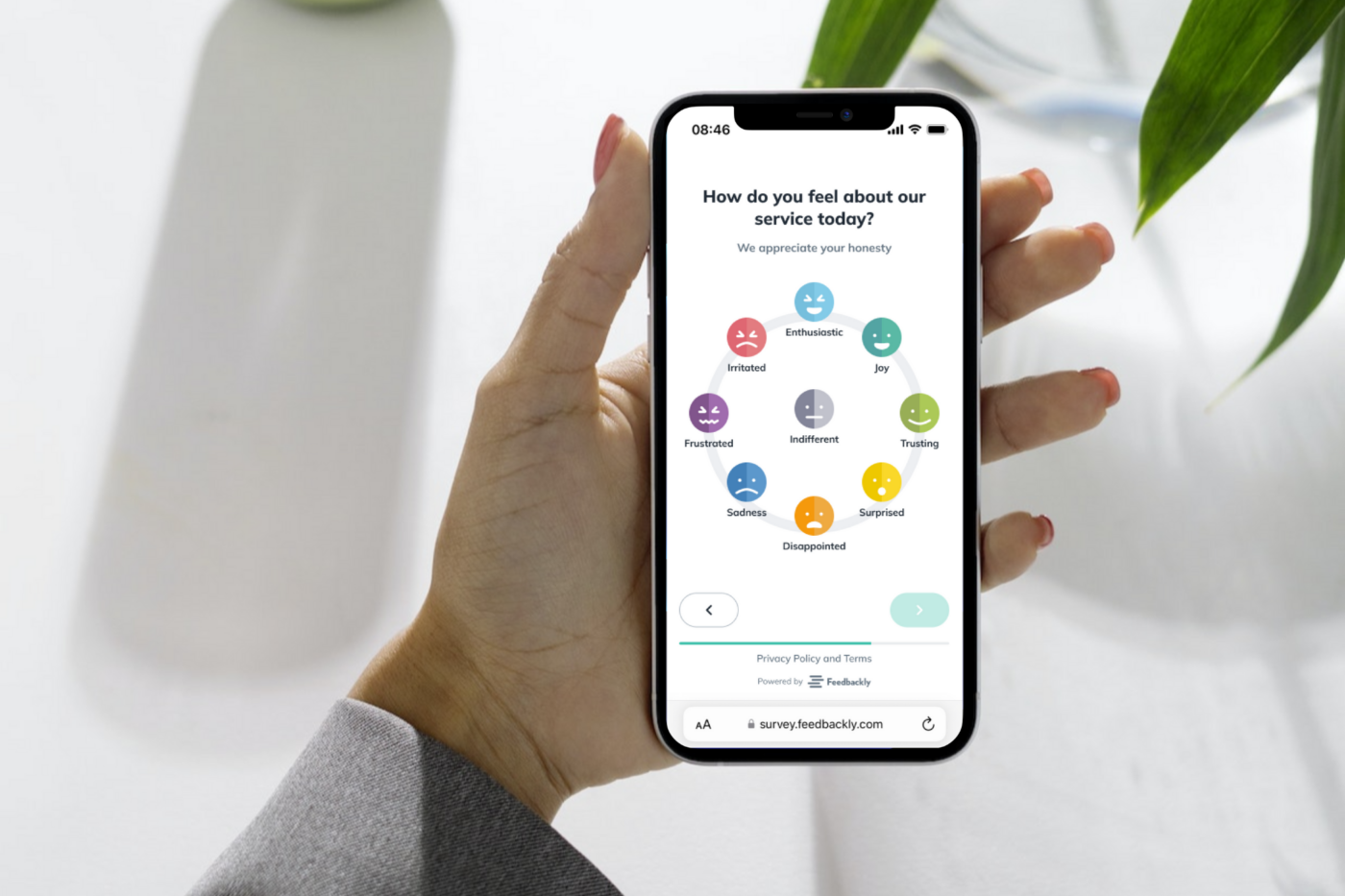Take a moment to think of your past purchasing behavior as a customer. Can you recount incidents of impulsive purchases you made out of excitement? Can you remember ditching a product or service because of poor experience? What was the driving factor in all these instances?
Traditionally, customer experience doesn’t account for customer emotions. With metrics like NPS, CES, and C-SAT, you only measure CX from the lens of loyalty, service quality, and product functionality. But, with the growing impact of emotions on buyer behavior, brands have started to shift their focus and pay more emphasis to emotional experience.
What is Emotional Experience?
Emotional experience refers to the feelings and emotions customers have during their interactions with a brand. This encompasses all touchpoints throughout a customer journey, from initial contact to post-purchase support. Emotional experiences significantly influence customer satisfaction, loyalty, and overall brand perception.
Why Emotional Experience Matters
Emotions play a crucial role in shaping customer behavior. Positive emotional experiences can lead to increased customer loyalty, advocacy, and higher lifetime value. Conversely, negative emotional experiences can result in customer churn and negative word-of-mouth.
Key Components
- Touchpoints: Every interaction, whether it’s a website visit, customer service call, or product purchase, contributes to the overall emotional experience.
- Consistency: Providing a consistent experience across all touchpoints helps build trust and positive emotions.
- Personalization: Tailoring interactions based on customer preferences and history enhances emotional engagement.
Measuring Emotional Experience
To effectively measure emotional experience, businesses can use tools like the Emotional Value Index (EVI®). EVI® surveys ask customers to select the emotion that best describes their feelings about a particular interaction. This data provides insights into the emotional impact of various touchpoints.
Measuring customer emotions with the Emotional Value Index (EVI®)
EVI® is a simplified yet very effective way of measuring customer emotions. It asks customers to select an emotion that best describes their feelings about a recent interaction. The EVI survey presents nine emojis in a circular form, with neutral or indifferent emotions in the center, allowing for a nuanced understanding of customer emotions.
Emotions are categorized into clusters and assigned a weightage based on the level of impact. Then, the weighted average of each cluster is calculated to derive the survey score that can range from -1 to +1. It is then presented as a score out of 100. The higher the score, the better you are in the eyes of your clients!

How Can Emotional Experience Help Your Business?
Understanding emotional experience can significantly enhance your business by aligning with customer expectations and driving positive interactions. EVI® strongly correlates with purchase behavior and customer spending surveys provide key insights into customer emotions, helping to optimize the overall experience and correlate emotional data with other performance metrics.
- Close Expectation-Delivery Gaps: Identify and address discrepancies between customer expectations and brand delivery.
- Customer Perspective: Understand your business from the emotional viewpoint of the client.
- Insightful Surveys: Use EVI® surveys to gain crucial insights into customer emotions.
- Enhanced Strategies: Align marketing and sales strategies to resonate with customer emotions for improved retention and lead attraction.
- Optimize Customer Journey: Utilize emotional data to enhance customer experiences at every touchpoint.
Emotional Experience strongly correlates with purchase behavior and customer spending. EVI® has an 80% correlation with conversion rates and revenue – by optimizing your emotional experience (e.g. EVI®), you are optimizing the growth in your sales.





